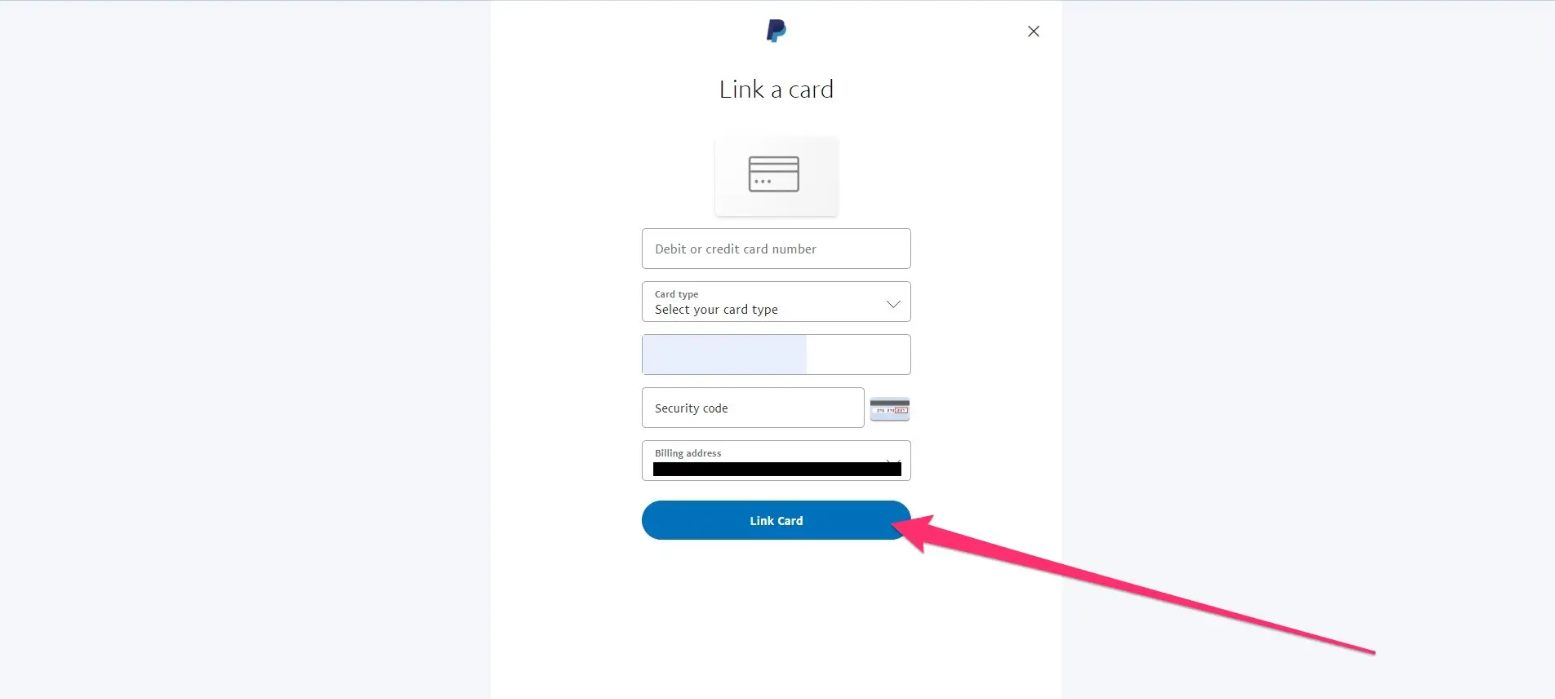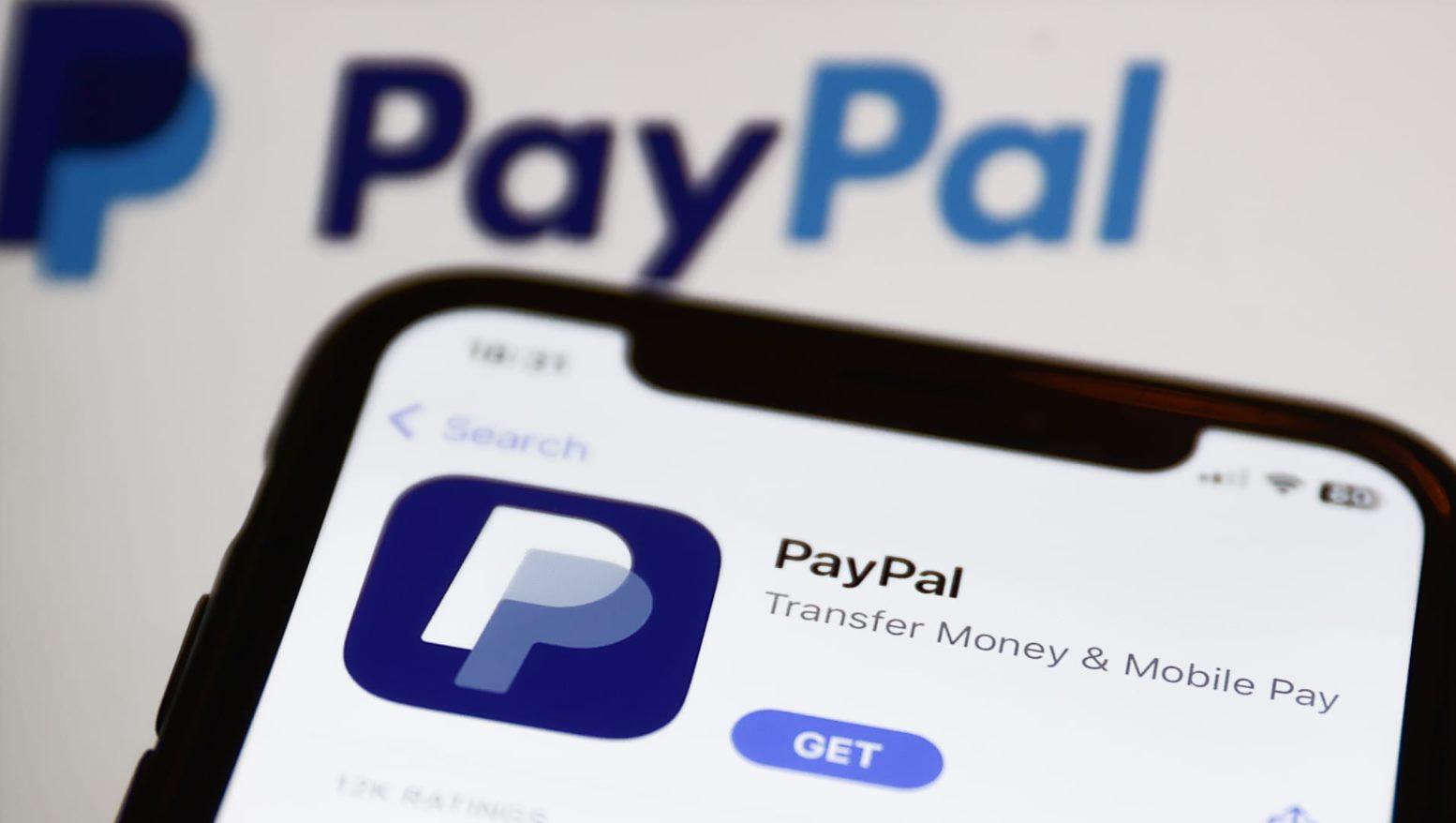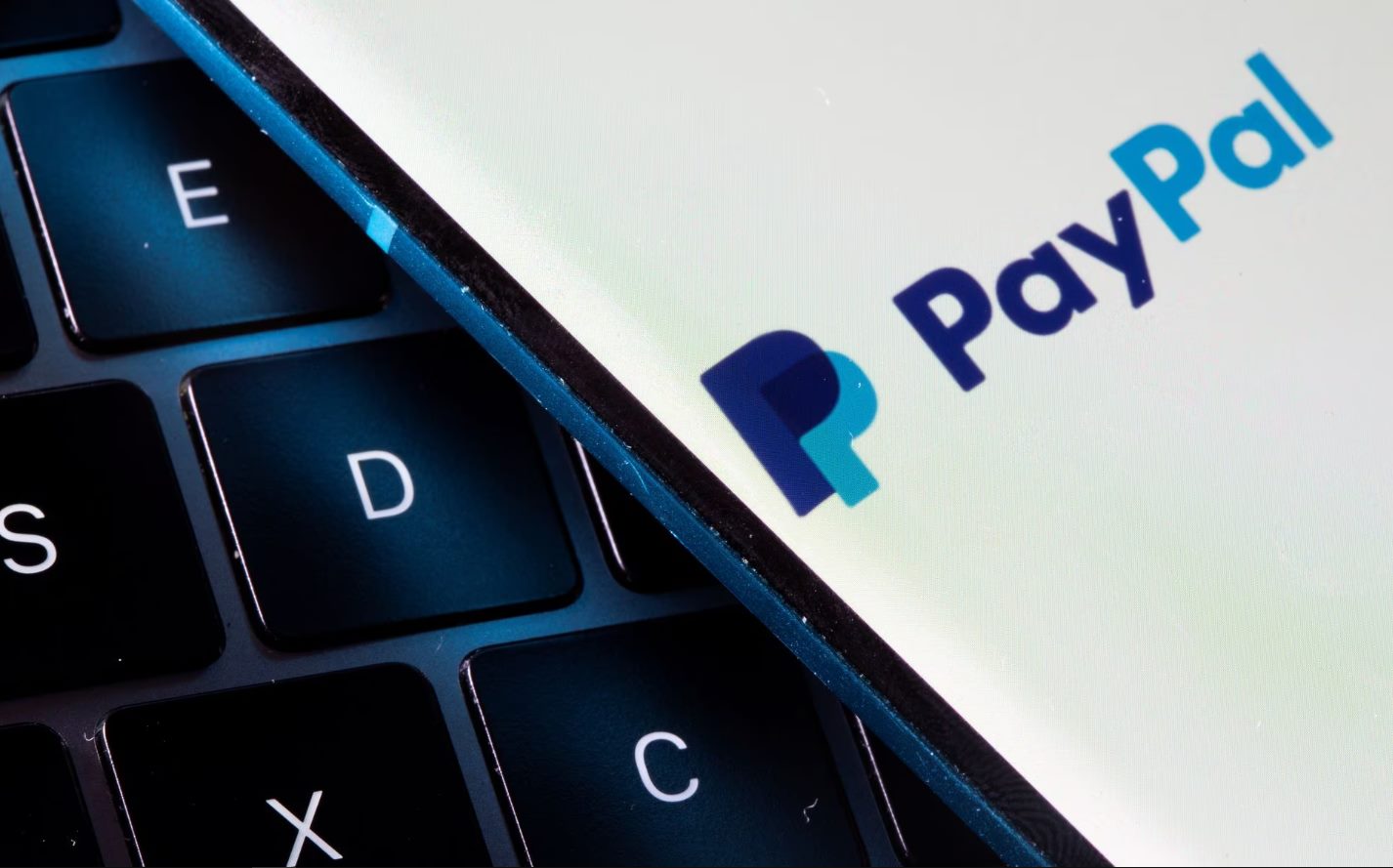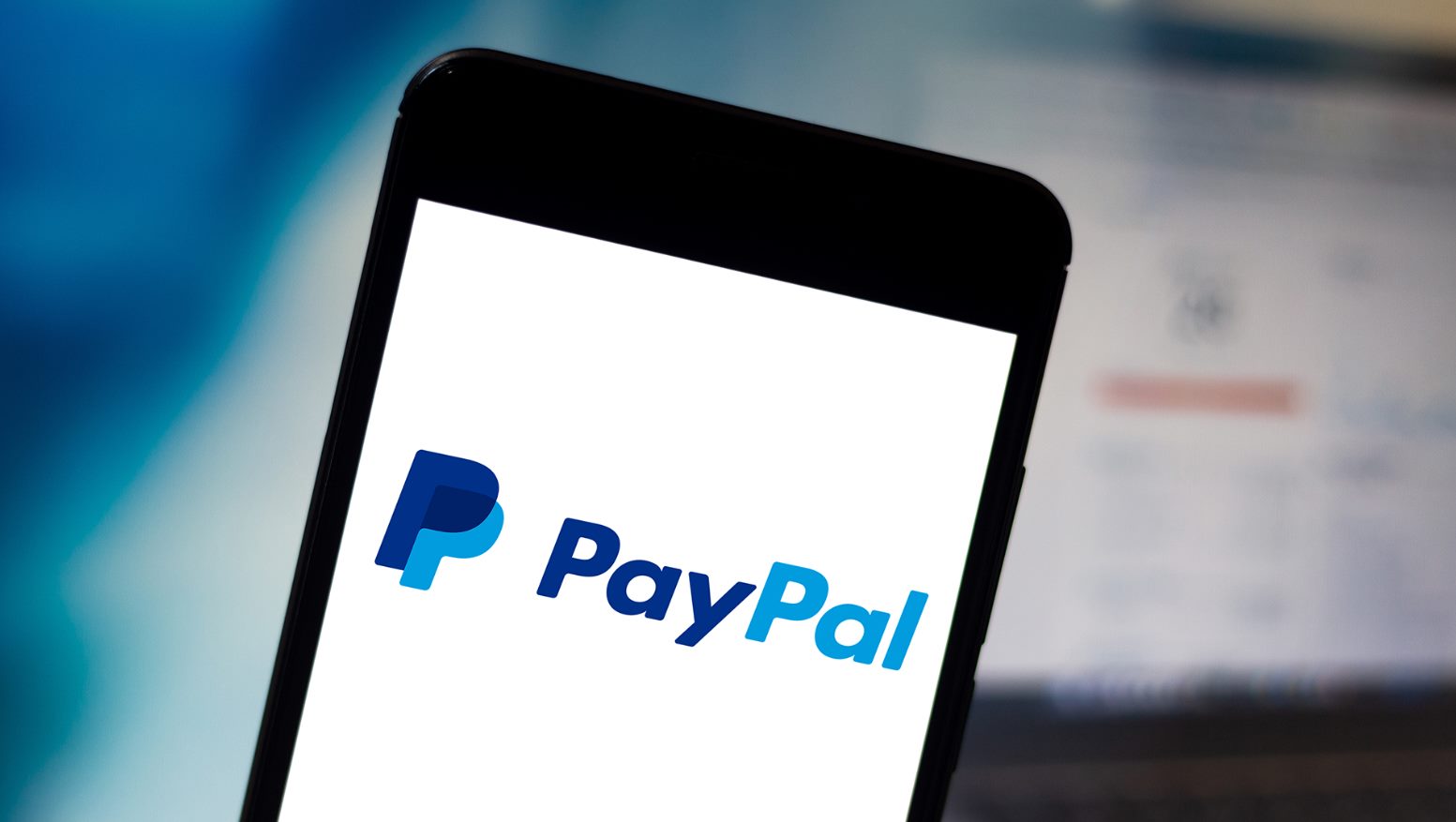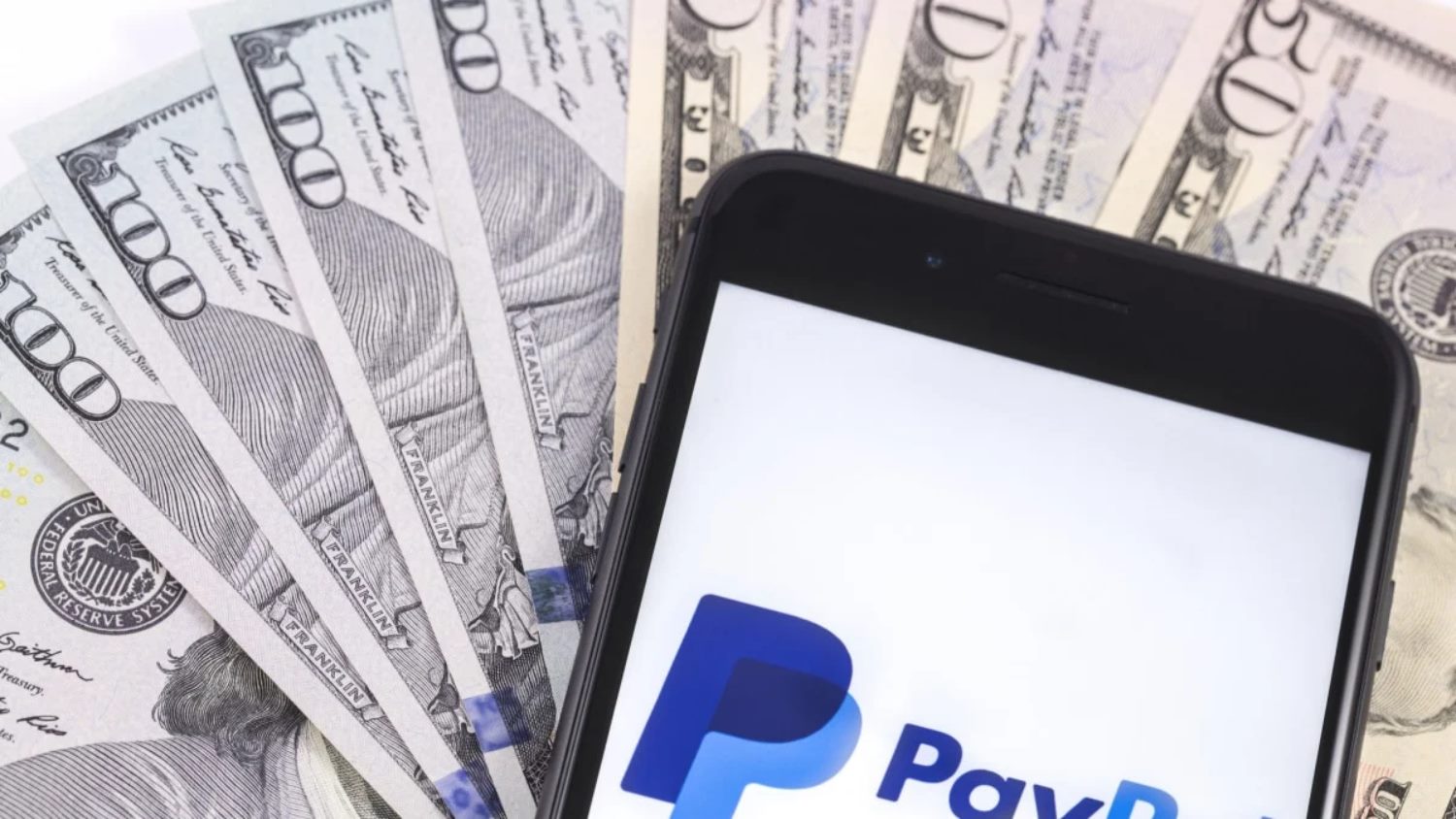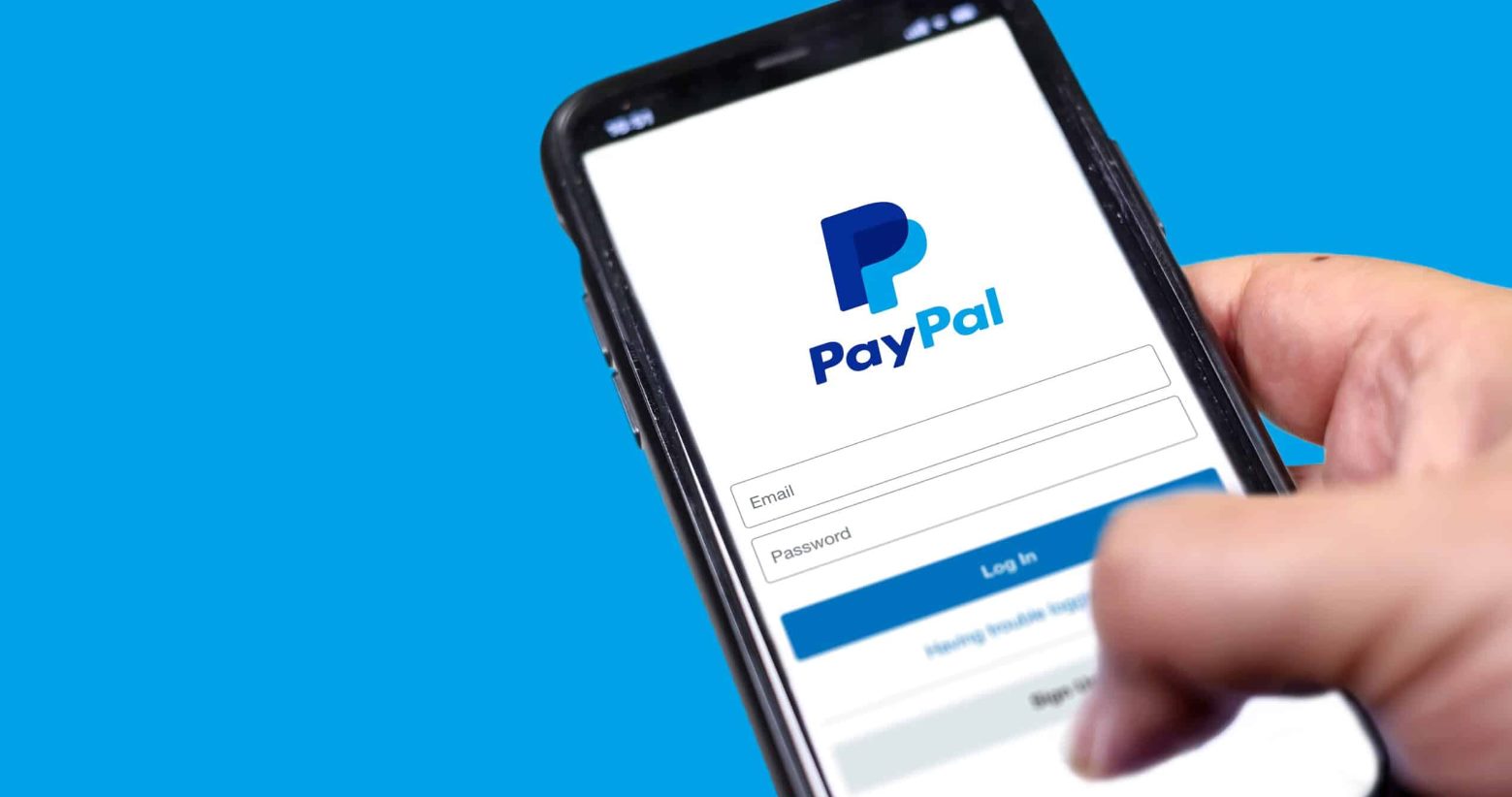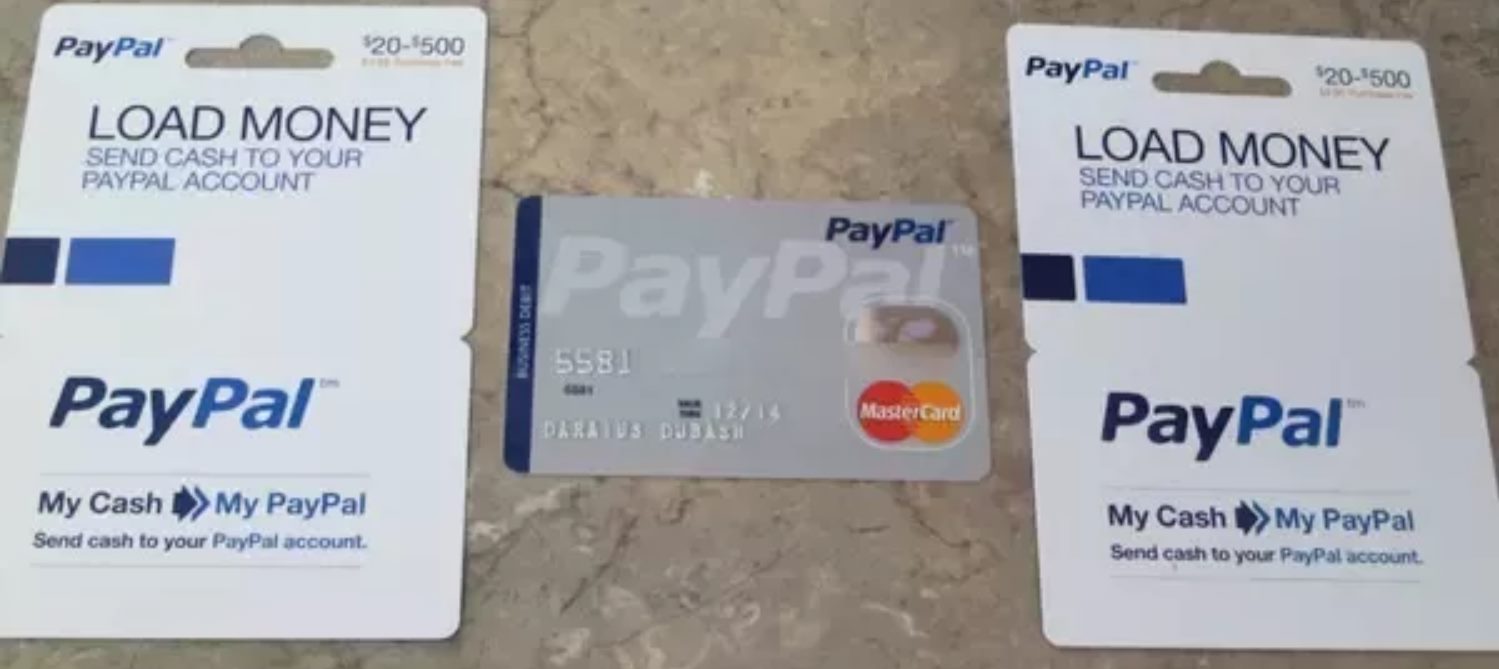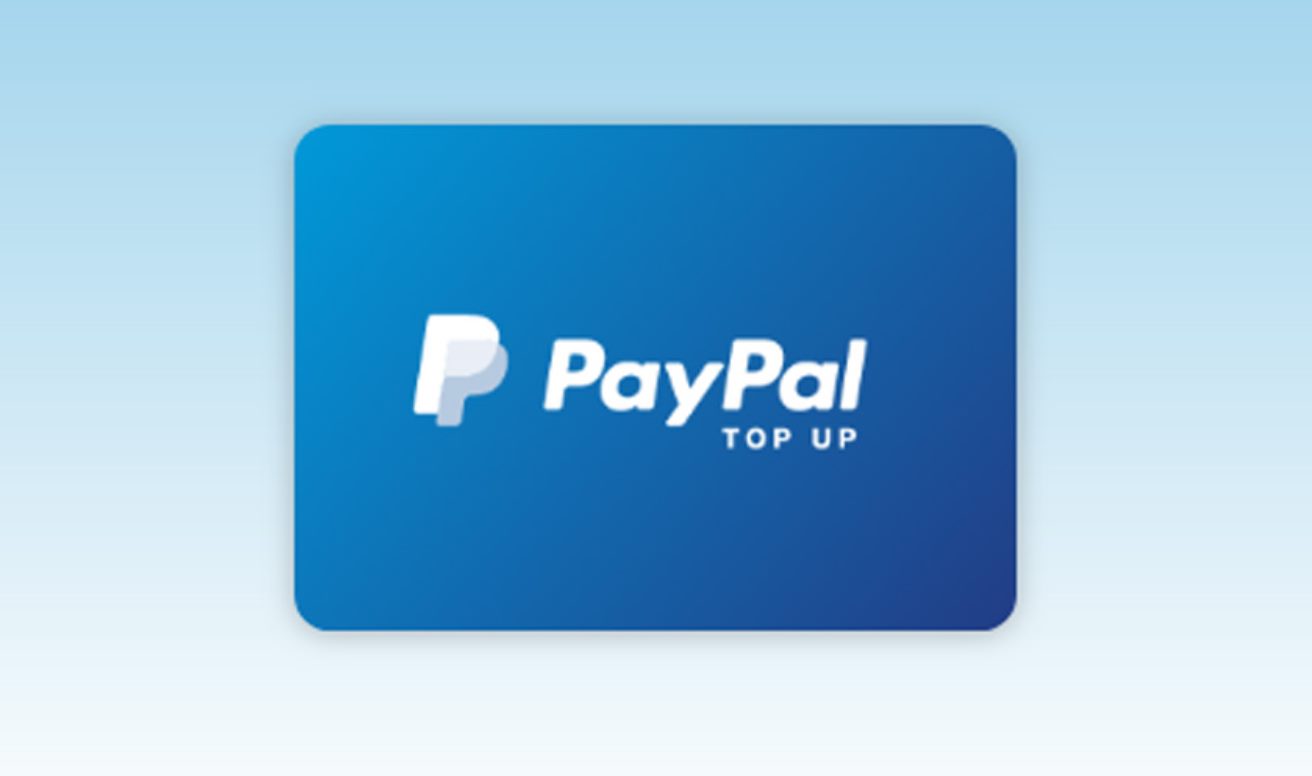Introduction
Welcome to the world of online payments and financial transactions! If you’re familiar with PayPal, you know that it’s a convenient and secure way to send and receive money online. However, to unlock the full features and benefits of PayPal, it’s essential to link your bank account to your PayPal account.
By adding a bank account to your PayPal account, you can easily transfer funds between your bank and PayPal, make purchases directly from your bank account, and withdraw money from your PayPal balance. It’s a seamless and efficient way to manage your finances and enjoy the conveniences of online shopping and money transfers.
In this article, we’ll walk you through the process of adding a bank account to PayPal, ensuring that you have all the necessary information and steps to complete the setup successfully. We’ll also address common issues or problems that you may encounter along the way.
Before we delve into the steps, let’s take a moment to understand why adding a bank account to PayPal is a crucial step in maximizing your PayPal experience.
Why Add a Bank Account to PayPal
Adding a bank account to your PayPal account offers several advantages and unlocks valuable features that enhance your online financial transactions. Here are some key reasons why you should link your bank account with PayPal:
- Seamless Funds Transfer: By adding your bank account, you can easily transfer funds between your bank and PayPal. This allows you to fund your PayPal account quickly and conveniently, ensuring that you always have sufficient funds for online purchases or to send money to friends and family.
- Expanded Payment Options: With a linked bank account, you can make direct payments using your bank account, eliminating the need to rely solely on credit or debit cards. This flexibility ensures that you can make purchases even if your card is not available or has insufficient funds.
- Withdraw PayPal Balance: Having a linked bank account allows you to withdraw your PayPal balance directly to your bank account. This means you can easily access and use the funds in your PayPal account for everyday expenses or transfer them back to your bank for easy access.
- Improved Security: Linking your bank account adds an extra layer of security to your PayPal transactions. Since PayPal is a reputable and secure platform, your bank account details are kept confidential, and you can benefit from their robust security measures to protect your money and personal information.
- Avoid Fees: Using a linked bank account for transactions can help you save on fees. While PayPal charges fees for certain services, such as receiving payments for goods and services, transferring funds through your bank account is often free or at a lower cost compared to using credit cards or other payment methods.
Now that you understand the benefits of adding a bank account to PayPal, let’s explore the important factors to consider before you start the process.
Things to Consider Before Adding a Bank Account
Before you proceed with adding a bank account to your PayPal account, there are a few important factors to consider:
- Verify Supported Banks: Ensure that your bank is supported by PayPal for linking accounts. PayPal has a comprehensive list of supported banks on their website. If your bank is not listed, you may need to consider alternative options such as linking a different bank account or using a different payment method.
- Fee Structure: Familiarize yourself with PayPal’s fee structure for bank account transfers and transactions. While adding your bank account is generally free, some fees may apply depending on the types of transactions you make, such as receiving payments for goods and services. It’s important to understand these fees beforehand to avoid any surprise charges.
- Security Measures: Take measures to ensure the security of your bank account and PayPal account. Set up strong, unique passwords for both accounts and enable two-factor authentication for added security. Regularly monitor your account activity and report any suspicious or unauthorized transactions to PayPal immediately.
- Transaction Limits: PayPal may impose certain limits on transactions involving your bank account, such as withdrawal limits or transaction frequency. Understanding these limits will help you plan your financial activities accordingly and avoid any inconvenience or delays in accessing your funds.
- Account Verification: Ensure that your PayPal account is fully verified and in good standing. This typically involves confirming your email address, linking a debit or credit card, and providing any necessary identification documents. Verifying your account helps to enhance security and increase transaction limits.
Once you have taken these factors into consideration and ensured that you meet the necessary requirements, you are ready to proceed with adding your bank account to PayPal. In the following section, we will provide you with a step-by-step guide on how to do this.
Step-by-Step Guide to Adding a Bank Account to PayPal
Adding a bank account to your PayPal account is a straightforward process. Follow these step-by-step instructions to link your bank account:
- Login to your PayPal account: Visit the PayPal website and login to your account using your username and password.
- Navigate to Wallet: Once logged in, click on the “Wallet” tab or icon. This will take you to your PayPal wallet, which displays your current PayPal balance and payment methods.
- Add a bank account: Within the Wallet section, locate the option to “Link a bank account” or “Add bank account.” Click on this option to begin the linking process.
- Select account type: Choose the type of bank account you want to link – typically either a checking or savings account.
- Provide bank details: Enter your bank account details, including the bank name, account number, and routing number. Make sure to double-check the information for accuracy to avoid any errors in the linking process.
- Confirm the account: Once you have entered your bank account details, PayPal may require additional verification for security purposes. This could include providing proof of ownership, confirming small deposit amounts, or completing a confirmation process through online banking.
- Confirm success: Once your bank account is successfully linked, PayPal will notify you. You can now start using your bank account for various PayPal transactions.
Remember, the steps outlined above are general guidelines. The actual process may vary slightly depending on your geographic location, the specific PayPal website you are using, and any additional security measures implemented.
If you encounter any issues or have questions during the bank account linking process, PayPal’s customer support is available to assist you. They can provide guidance and address any concerns you may have.
By following these steps, you can successfully link your bank account to PayPal and unlock the full range of features and benefits it offers. Now, let’s address some common issues you may encounter and provide troubleshooting tips to help you along the way.
Troubleshooting Common Issues
While adding a bank account to PayPal is typically a smooth process, you may encounter some common issues along the way. Here are a few of these issues and some troubleshooting tips:
- Bank Account Not Supported: If you receive a message stating that your bank account is not supported by PayPal, double-check that you have entered the correct information. If it’s still not supported, you may need to consider linking a different bank account or using an alternative payment method.
- Verification Challenges: If you encounter difficulties with the verification process, ensure that you have provided accurate information. Check your email for any requests from PayPal for additional verification steps. If necessary, reach out to PayPal’s customer support for assistance in completing the verification process.
- Suspicious Activity: If you notice any suspicious or unauthorized activity on your PayPal account or bank account after linking them, contact PayPal’s customer support immediately. They can help investigate the issue and take necessary steps to protect your account and funds.
- Incorrect Bank Account Information: If you realize that you have entered incorrect bank account details during the linking process, it’s crucial to update the information promptly. Go to your PayPal account settings, locate the bank account section, and update the necessary information to ensure smooth and accurate transactions.
- Transaction Limit Issues: If you encounter limitations on your bank account transactions through PayPal, review the limits set by PayPal for your account. These limits can vary depending on factors such as account age, verification status, and transaction history. If needed, consider contacting PayPal’s customer support to discuss options for increasing your transaction limits.
Remember, if you encounter any issues or have concerns, don’t hesitate to reach out to PayPal’s customer support. They have dedicated teams to assist with account-related issues and can provide personalized guidance to resolve any challenges you may face.
By troubleshooting common issues and seeking assistance when needed, you can overcome any obstacles that may arise and successfully link your bank account to PayPal. With your bank account linked, you can enjoy the full range of benefits and convenience that PayPal offers.
Conclusion
Congratulations! You have now reached the end of our step-by-step guide on how to add a bank account to PayPal. By linking your bank account, you have unlocked a world of convenience and enhanced functionality for your online financial transactions.
Adding a bank account to PayPal allows you to transfer funds seamlessly, make purchases directly from your bank account, and withdraw money from your PayPal balance. It also offers improved security, expanded payment options, and the potential to save on fees.
Before adding a bank account, ensure that you verify supported banks, understand the fee structure, and take necessary security precautions. Following our step-by-step guide, you can easily link your bank account to PayPal and start enjoying the benefits.
If you encounter any issues along the way, remember to troubleshoot common problems and reach out to PayPal’s customer support for assistance. They are there to help you navigate any challenges and ensure a smooth experience.
Now that you have successfully linked your bank account to PayPal, you can enjoy seamless online transactions, secure money transfers, and easy access to your funds. Embrace the convenience and possibilities that PayPal offers, and explore the world of online shopping, sending money, and managing your finances with confidence.
Thank you for choosing PayPal, and happy banking!







